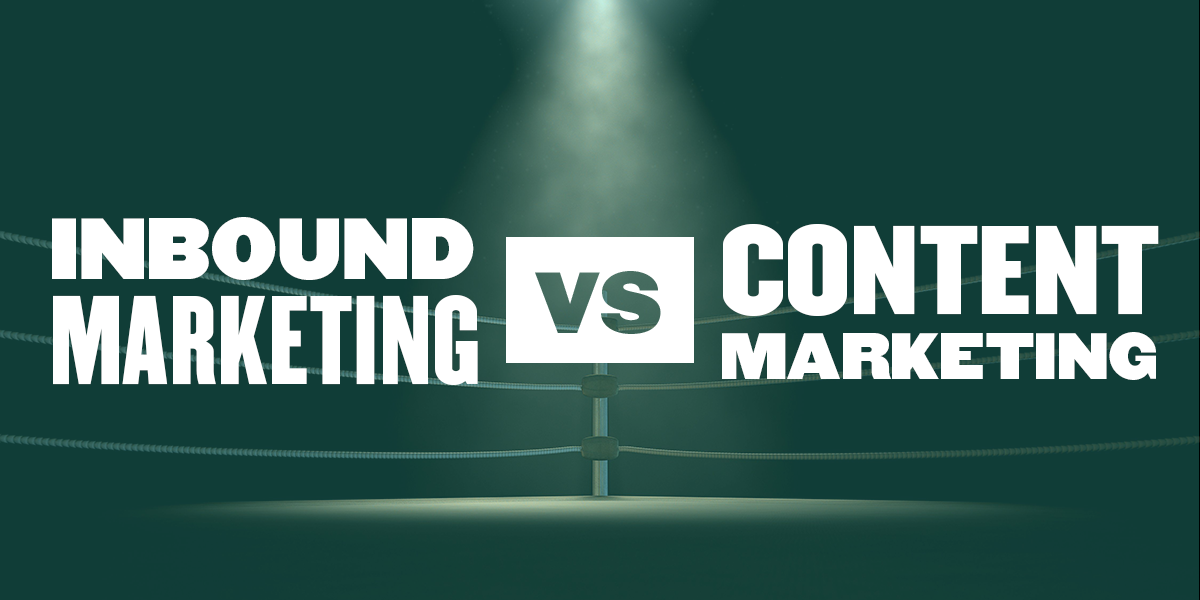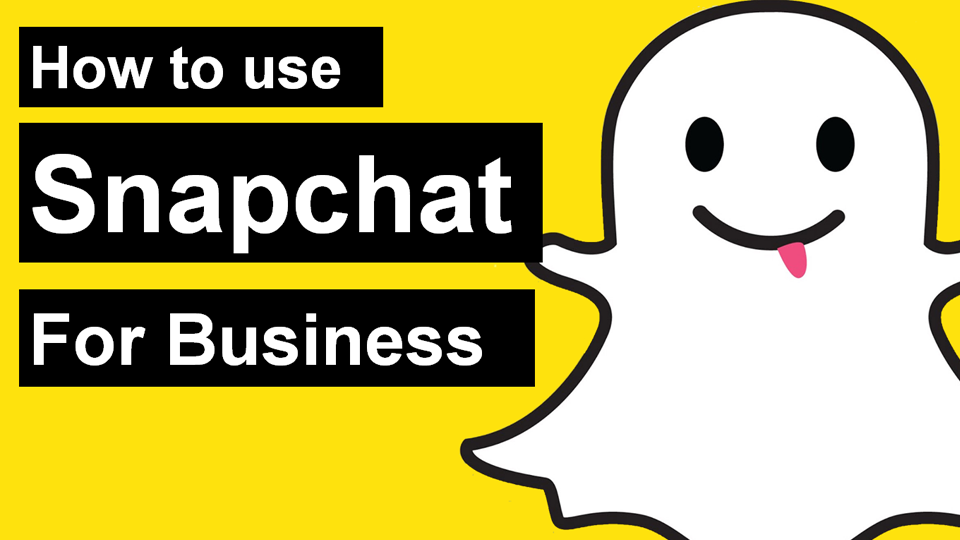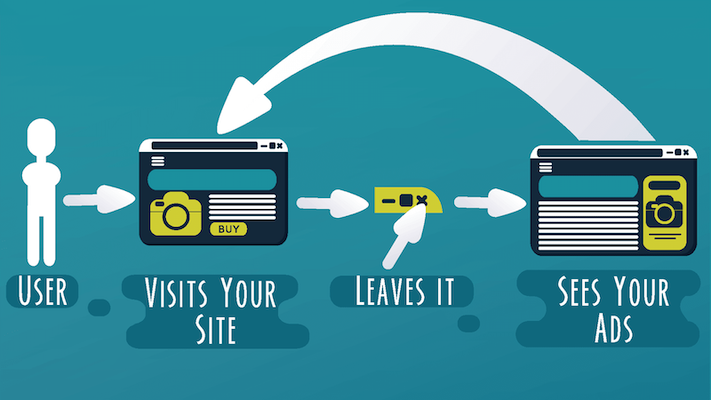Lead scoring to generate qualified leads

Leads are the raison d’être of the Inbound Marketing… But as any marketer worth their salt knows, not all leads have been created equal. Some contacts have a huge chance of converting in the short term, while others will waste your time.
How to distinguish the wheat from the chaff? Very simply, you need a good lead scoring strategy to generate qualified leads. Today I’m going to tell you what this technique consists of, what you need to implement it, and how to set up your own lead qualification system.
What is lead scoring?
This marketing technique involves assigning a score to all your leads to identify which ones are the most interesting. Through a series of formulas developed in collaboration with marketing and sales, you will be able to track the behavior and activity of your leads, as well as their commercial profile. The objective of this analysis is to score the probability of conversion of a lead.
If you fine-tune well, this technique will allow you to distinguish perfectly between different types of leads:
- Cold lead. This user is already part of your database, since they have left you their information. However, it is still a long way from the moment of purchase, in the phase known as TOFU or “top of the funnel”.
- Marketing qualified lead (MQL). This user has shown interest in your brand and its content on several occasions. In addition, you will have been able to learn more about it, so you are probably already in a position to apply your lead scoring scale and see if it is ready to convert. This phase is known as MOFU or “middle of the funnel”.
- Sales qualified lead (SQL). Also known as a “hot lead,” you’ve passed all the phases with flying colors and are ready to be gifted with a visit, phone meeting, or demo by the sales team. It is the BOFU or “bottom of the funnel” base.
In short, having a good lead qualification plan will allow you to know with certainty which of your leads are of sufficient quality and at what time they are ready for you to pass their contact to the sales team. All this will allow you to obtain maximum effectiveness with your inbound marketing strategies, since by focusing your efforts only on the most interesting contacts, you will save time and money.
What do you need to get your lead qualification up and running?
You are already convinced and want to add this technique to your strategies. Before we get started, I’m going to take a look at some of the key elements you need:
- An inbound marketing strategy is already underway, and with a certain volume of lead generation. If you are still starting, it may be better to dedicate your efforts to getting more leads and analyzing what the users who convert better have in common.
- A clear idea of the qualities that make a user convert. In this section, it will be very useful for you to have previously worked on your buyer persona: A semi-fictional representation of your company’s ideal customer.
- A marketing software that allows you to automate the entire process. The score of each of your users can vary several times a day, depending on their interactions, and also, as we have already seen, the ideal is to work with relatively large figures. That’s why you need a system that will do the work for you. Marketo and Eloqua are very complete systems, but designed for large companies with considerable budgets. A more adaptable option is iHubSpot, super complete in all inbound marketing options, and with pricing options for all company sizes.
How to set up a lead scoring system?
Ready to start tidying up your leads? If you follow these steps, you’re sure to find it easier than you think.
1) Identify your MQLs
The first thing you need to do is take the step between “cold” leads and marketing-qualified leads. To do this, their contact details and the level of activity they show will be key. In this article, you can find more clues on how to identify your MQLs in seven steps:
- Develop a joint definition of what a good lead is, agreeing with the marketing and sales departments.
- Use your buyer persona information.
- Ask your online sales team. They are in direct contact with customers, so their opinion is very important. Which leads do you find most interesting and why?
- See what the leads that convert the most have in common.
- Analyze the behavior of your leads. What pages they visit, how long they are on your website, where they enter… all these are clues that will help you fine-tune.
- Remember that quality matters… but so does quantity. You need to keep your conversion funnel full, so don’t go overboard in your criteria.
- Study the results and review the definition periodically.
2) Establish the scoring scales
Once you are clear about the characteristics you are looking for in your leads, you will have to order them in a list and assign a value to each one. To do this, these must be easily measurable attributes: the less room there is for improvisation and uncertainty, the better. Of course, this scale will have to be agreed upon between the marketing and sales departments.
For greater ease, the maximum sum of all scores should ideally be 100. Some scores may take up a larger percentage of the total than others, depending on the importance you attribute to them. Or you can even play with negative scores, e.g., give -5 to students who have downloaded your ebook to do a class project.
3) Identify your SQL
The simplest and most automatable step: when a lead exceeds the cut-off score you have set, their contact is sent to the sales team so that they can close the transaction.
4) Measure, review, and repeat
I will never tire of saying it: in marketing, the job is never done. Even if your strategy works perfectly, you can’t rest on your laurels. Measure all the results, review them periodically, and optimize to be more and more effective.










